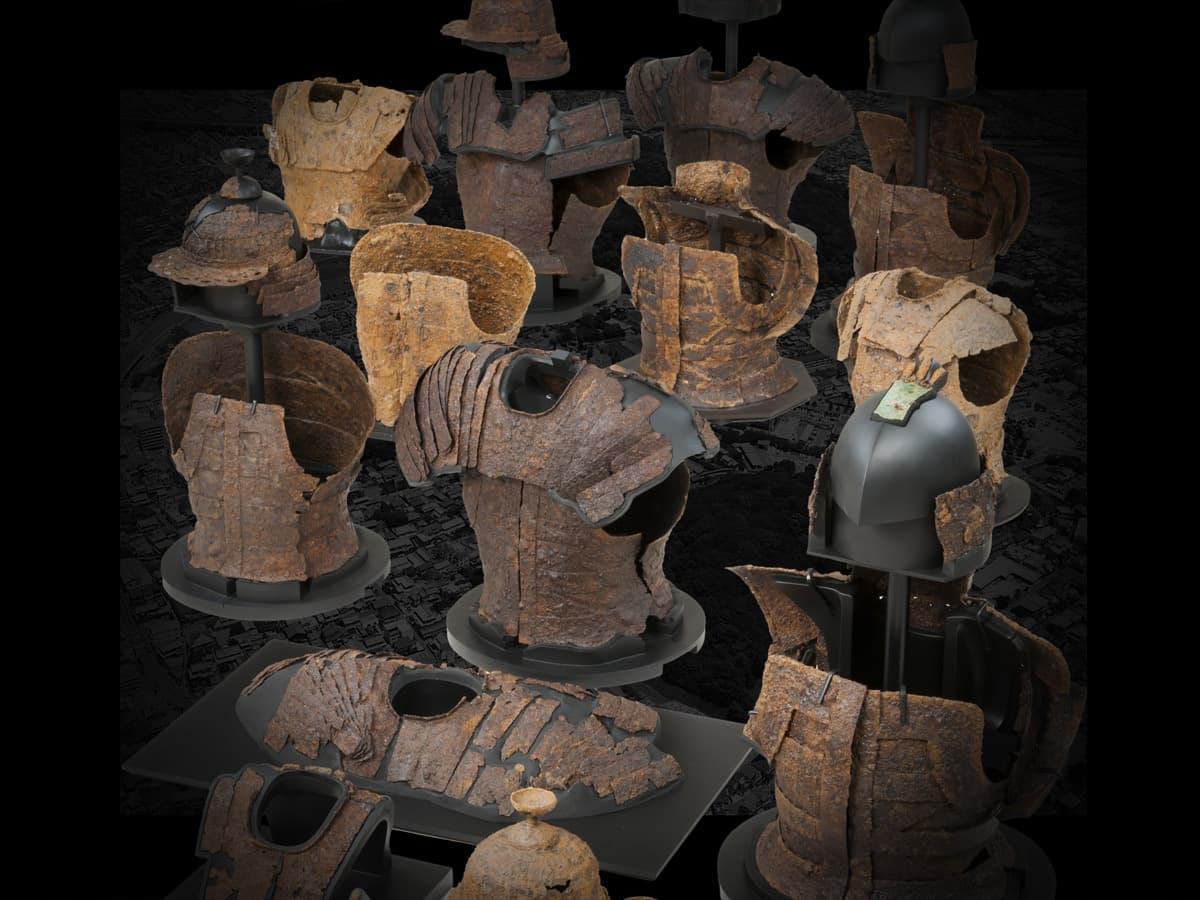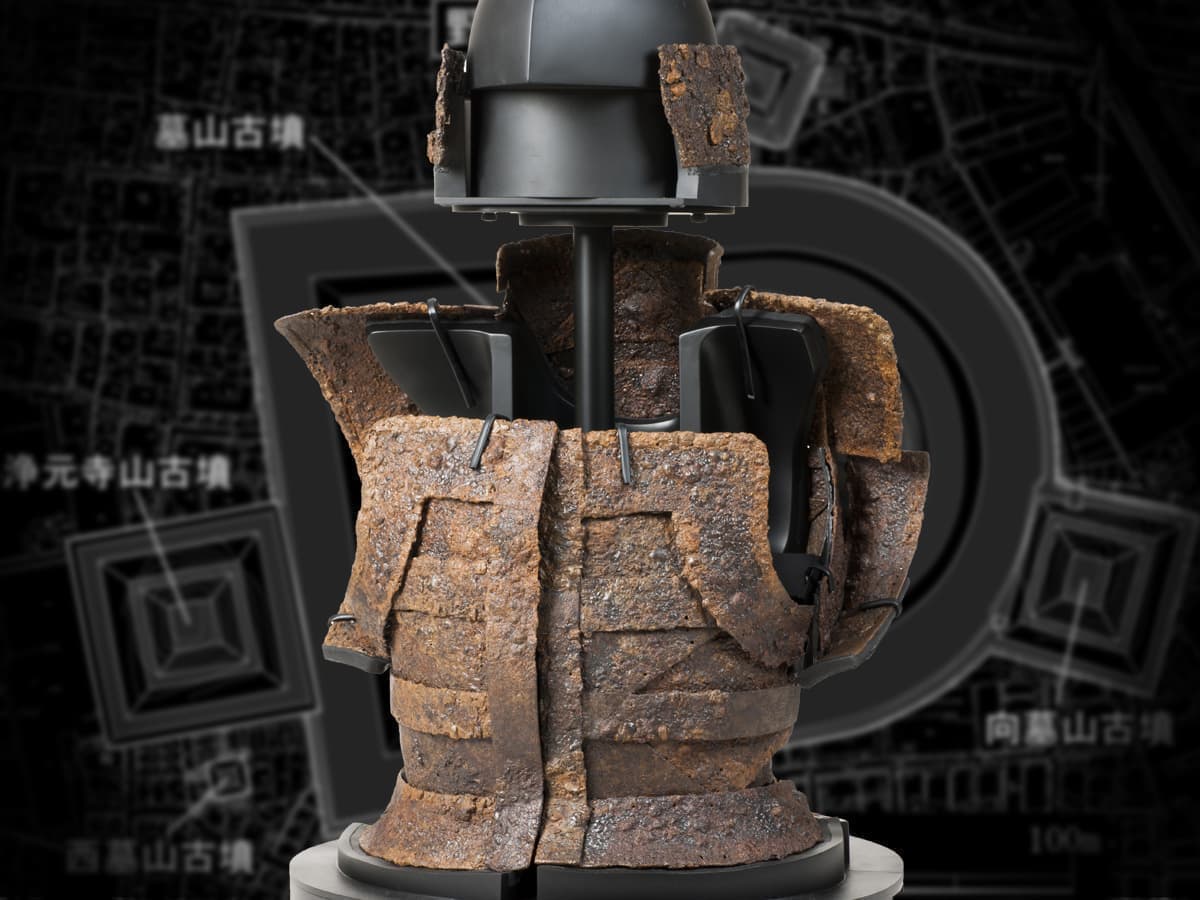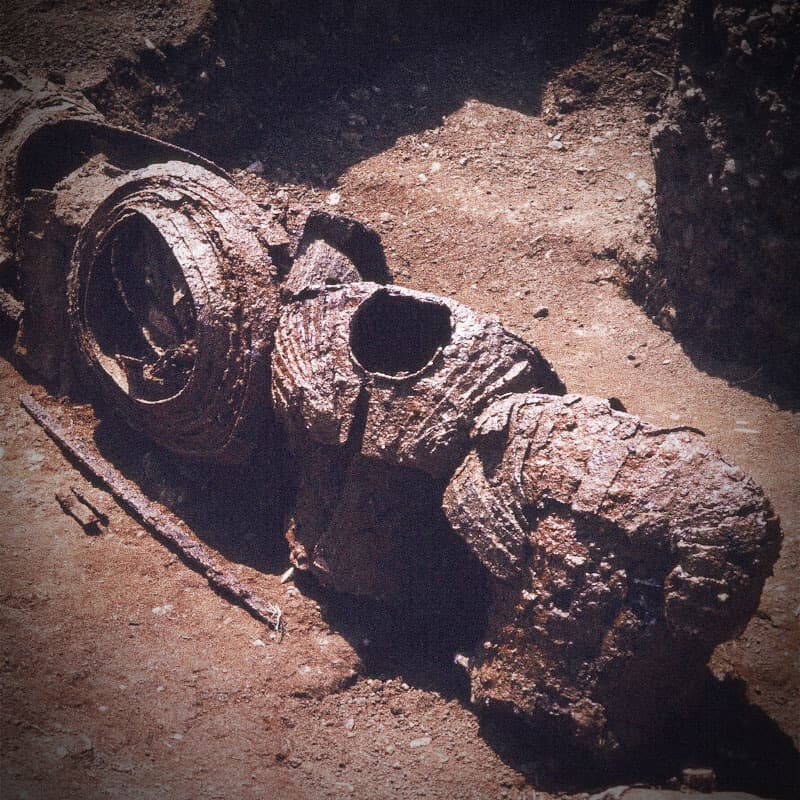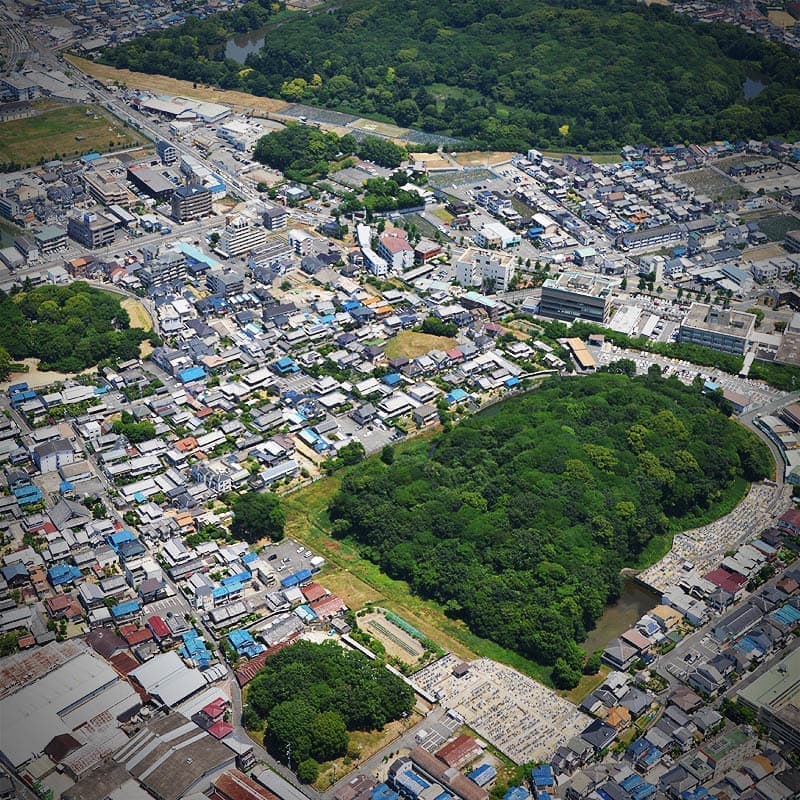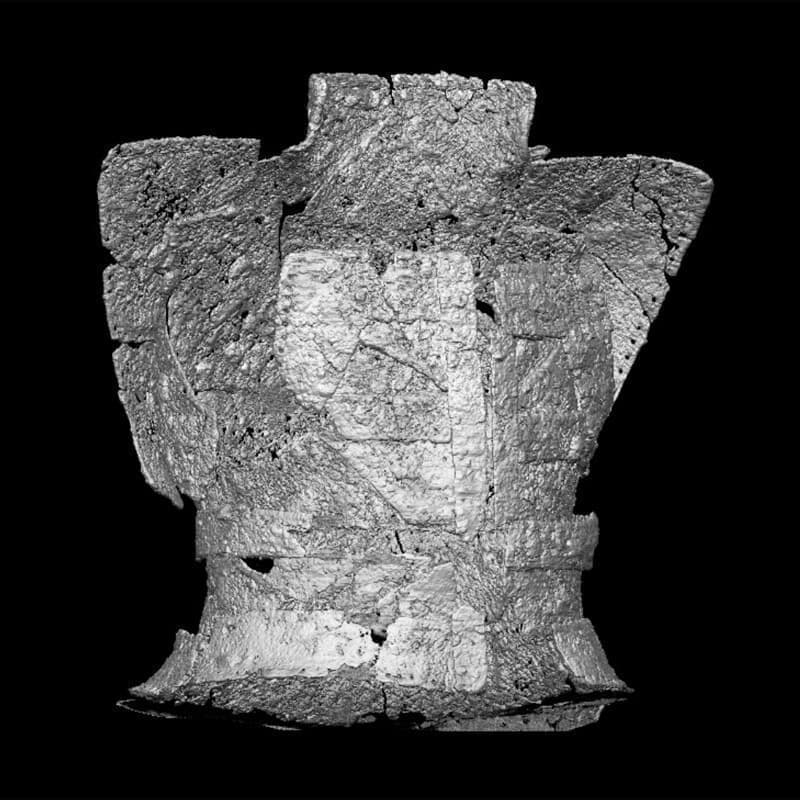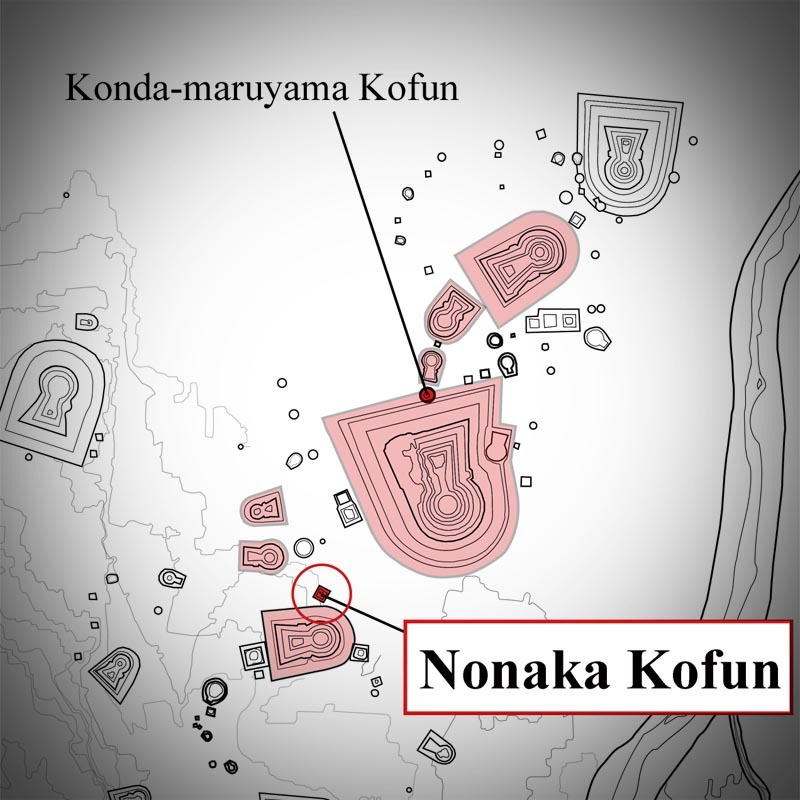Project for the Preservation and Utilization of Artifacts from Nonaka Kofun
Nonaka Kofun
Project overview
The Nonaka Kofun-period mounded tomb (referred to below as Kofun) contains many weapons and arms such as suits of armor, suggesting the force and political strategy of the Yamato government of the time.
Mozu-Furuichi Kofun Group
The Mozu-Furuichi Kofun Group in Osaka Prefecture was registered as a UNESCO World Heritage Site on July 6, 2019, and is one of Japan’s largest kofun groups.
Nonaka Kofun 3D imaging
You can see the abundant weapons and armor excavated from Nonaka Kofun in 3D images.
